They used to call it Godzilla, because it was big, scary and bit hard. But now there’s now another reason: like the aforementioned mythical theropod, the Nissan GT-R is bloody old. Fifteen years old this very year, no less.
Think about that for a moment. The Nissan R35 GT-R was launched at the 2007 Tokyo motor show. We’ve had five different prime ministers since that year began, and the way things are going with the current incumbent, by the time you read this, we may be well on the way to six. This was also the year in which Kimi Räikkönen won the Formula 1 title for Ferrari. It hasn’t taken one since. It was also the year in which a handy little device called the iPhone went on sale, the words ‘hashtag’ and ‘tweep’ entered the English language and queues appeared outside branches of Northern Rock bank, suggesting all might not be well with the global economy. It really was a very long time ago.
So what else can you buy today from a mainstream manufacturer that is, with certain modifications, the same car it was 15 years back? The Fiat 500, just about; and now I’m struggling.
The GT-R has of course changed over time, never more so than in 2013, when the Nismo model was introduced with the 592bhp version of the VR38DETT engine it retains to this very day. I’ve been told a story that, given its origin, I believe. It says this was the car that persuaded Kazutoshi Mizuno, the GT-R’s chief engineer, to leave Nissan.
I’m told Mizuno argued long and loud that his baby was a less-is-more kind of car and the Nismo flew in the face of the principles by which he had engineered it. And when this argument fell on deaf ears, he left. There’s certainly no doubting that his departure coincided with its arrival.
![]()
But while the Nismo itself is little changed since, there’s something else that’s radically different about it. When it first crept into Autocar’s price list in early 2015, it cost a nice, round £125,000, which was almost £50,000 more than the standard GT-R, which, lest we forget, still had 523bhp. Today? The Nismo costs an oh-so-nearly nice, round £180,095. There’s keeping up with inflation and there’s premium pricing because you can, and I know the category into which the Nismo falls. The standard GT-R remains on sale for almost £100,000 less.
Not that either version is exactly a smash hit any more. In its first full year on sale (2009), almost 2000 examples of the GT-R found homes in Europe. In 2019, the last year when sales were unaffected by the pandemic or the chip crisis, it was down to 389. That’s fewer than nine GT-Rs of all varieties per country per year. I expect the Nismo is priced this way because the volumes are immaterial and if you’re going to have a pinnacle product, you might as well price it accordingly.
But it’s still nearly £50,000 more than a brand-new 992-series Porsche 911 GT3. It also costs £15,000 more than the yet more potent, very new and no less practical 911 Turbo S. It’s probably going to cost about the same as the new McLaren Artura. So if you’re going to buy one, it won’t be because it stacks up best on paper; there will have to be some other reason. And it’s my job to find it.
The car Nissan has supplied is a 2020-model-year machine – not that this makes any difference here. Compared with the basic GT-R, it has that additional power, better turbochargers, ceramic brake discs and carbonfibre panels, seats, wings and splitters. It is, to use the vernacular, a weapon. But so is a trebuchet, and that particular meansof lobbing rocks at the enemy went out of fashion almost exactly 500 years ago.
I’ve never been a Godzilla disciple. When it first came over here and all my colleagues were exploding in paroxysms of purple prose, mine was the small, somewhat baffled voice at the back of the room saying: “I don’t understand.” What I didn’t understand was what was so wonderful about this new machine that made it somehow better than the already apocalyptically quick, massively lighter, more agile and far more practical Mitsubishi Lancer Evolution FQ-Nutter that you could buy for half the money. I’m not sure I ever got a decent answer to that one.
But that was then and this is now. And now it feels like I should really be testing it for Classic & Sports Car’s ‘future classic’ slot. If it looks old on the outside (and it does), take a look in the cabin. The current F1 champion was nine years old in the year the GT-R came out, and boy does it show. The cockpit is a not-so-artfully crafted mess.
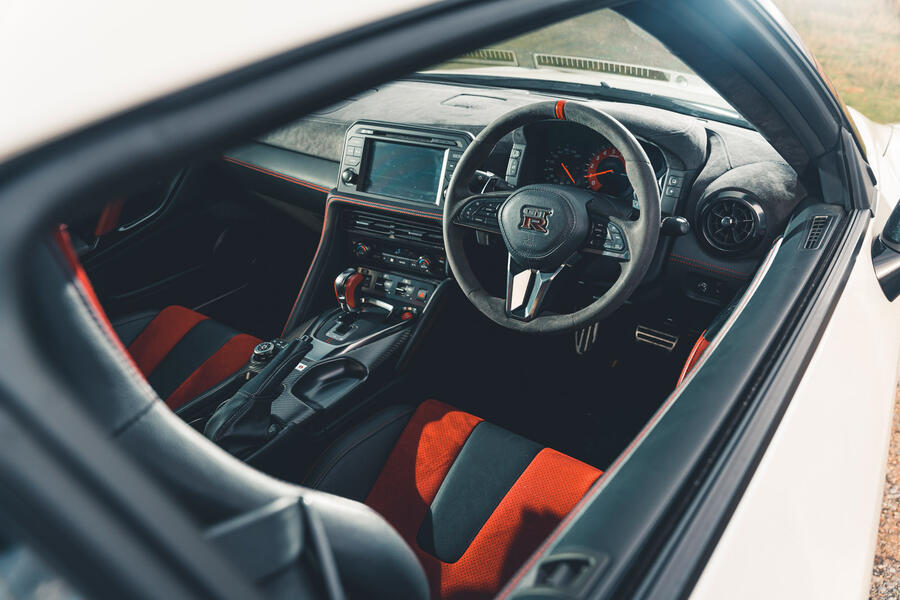
But here’s a thing, and something only 15 years of perspective can bring: I actually quite like it. Compared with the sleek, shiny, touchy-feely-screeny and almost entirely charmless cabins that cars have in the modern world, there’s an honesty and authenticity in all those switches and buttons that has now been lost. It’s like those poor British Airways pilots who had spent their careers wheeling around the skies in Boeing 747s operated by rods and cables now faced with retraining on some faceless Airbus flown by computer programmers in Toulouse.
The engine sounds angry at idle, which is promising. The Nismo isn’t a Jekyll and Hyde car like a Porsche 911 Turbo S. From fire-up to shutdown, it’s all Hyde, but with an apocalyptic hangover on his way over to your place armed with a baseball bat. It’s going to take some managing.It should be said that the ride ain’t great. So not great, in fact, that I instinctively looked to see whether I had inadvertently left the dampers in their super-stiff R mode. I hadn’t.
And for a while, I was back driving the car for the first time, wondering once more what all the fuss was about. At more than 1700kg, this is a heavy car, and while its power output would once have made people gasp, these days there are SUVs, estates and even EVs that have its measure in this regard. Even if it had once been a big deal whose appeal had merely eluded me, surely that isn’t the case today?
But by the time that I had toddled over to the mountains, I liked it a little bit more. Its 3.8-litre V6 sounded fabulously honest and raw.
![]()
Occasionally, small gobbets of boost arrived to suggest that when fully uncorked, this was still going to be a force to be reckoned with. The steering was unexpectedly good, too: very direct, perfectly weighted and offering a sense of connection that you rarely find elsewhere these days.So when I arrived, I felt fully briefed. So I just set everything to R and let it rip.
In an instant, it’s all happening. The engine is bellowing, the steering writhing. Fingers are frantically grabbing gears, breaths coming hard and fast. There’s enormous amounts of grip, even by modern standards and especially for a front- engined car. There’s ridiculous traction too and, once you’ve filtered out the pandemonium raging around, quite sensible behaviour when it starts to lide. Your head fills with thoughts, your ears with noise, your hands with trying to keep this thing pointing in the right direction.
At first, it just seems like an assault on the senses and all rather alien. But as the miles flow under those lightweight forged aluminium rims, you sense yourself becoming accustomed to the Nismo way of doing things. Dialled in. It’s not subtle, but it does keep you busy. This is a car to keep you perpetually en pointe, a full-body workout that challenges your brain and your limbs. And it’s far more fun than I ever remembered.
So I wondered why that might be, and it didn’t take long for the answer to come. While the world has kept moving, the GT-R has stuck still. It was something of a throwback even when the Nismo was new, and the truth is that cars like this don’t really get made any more. Moderns are toosophisticated, clever and deft. But are they more involving? Probably not. And to me, the amount of enjoyment a car provides is directly proportional to how involved it makes you feel – an observation that applies as equally to a vintage Bentley as a modern hypercar. Or a GT-R.
This, then, is a car that wasn’t for everyone – myself included – even when it was new. Since then, it has grown old and expensive and outlived every other car that even thought it might amount to being its rival. It should probably have been put in the ground a while back. But, actually, I’m glad that it survives. As with some grand old galleon that has been kept on the fleet as a tourist attraction, it was great to go aboard, have a look around and be reminded of how it used to be done – and realise that progress isn’t always in the right direction.
![]()
A potted history of the (Skyline) GT-R
The first Nissan Skyline GT-R, introduced in 1969, was a bland-looking saloon that spawned an only slightly more exciting coupé in 1971. But they were powered by a 2.0-litre straight six that directed 158bhp through a five-speed gearbox to the rear wheels via a limited-slip. differential. In terms of output per litre, that put it approximately on par with its contemporary and then the world’s fastest car, the V12- engined Ferrari 365 GTB/4 ‘Daytona’.
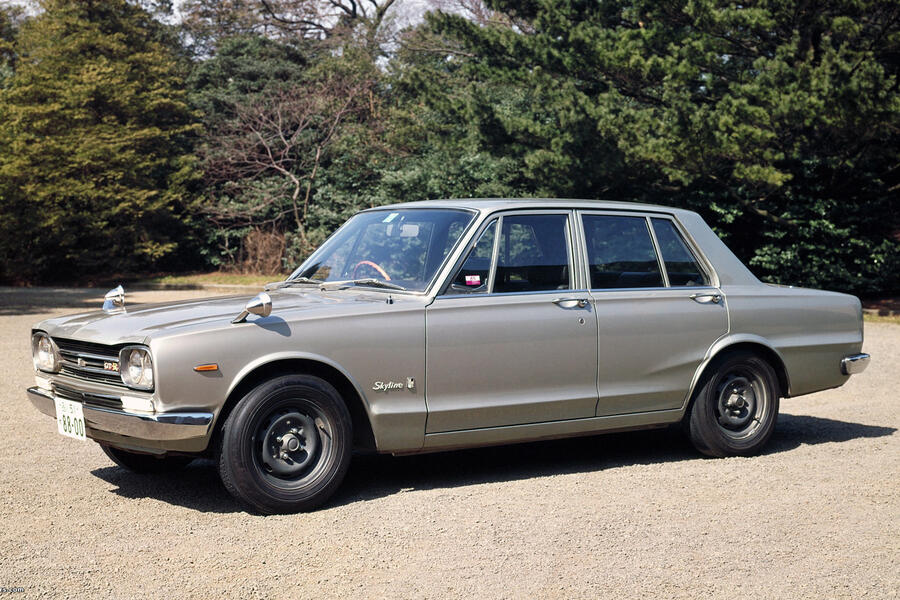
I will gloss over the similarly powered second-generation car of 1973, because the oil crisis meant it was abandoned after fewer than 200 had been built. And that seemed to be the end of it. It would be the end of the following decade before the next Skyline GT-R came along.
This 1989 R32 model established the template that survives to this dayand remains to date far and away the most popular of them all. Like today’s GT-R Nismo, it came with a twin-turbocharged six-cylinder engine directing its output to all four wheels, although with 276bhp in standard form, it had less than half the power. This was also the first model that could boast a Nismo version, although this was a pure homologation special, designed to legalise specific components for racing, just like the legendary Ford Sierra Cosworth RS500.
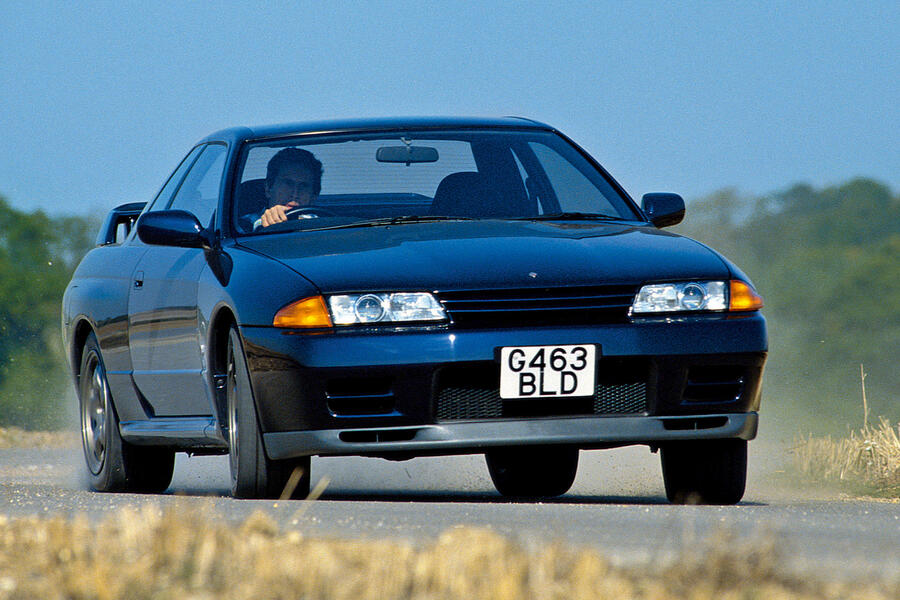
The fourth iteration (R33) arrived in 1995, and despite being heavier and having apparently little or no more power from its littlechanged motor, it was certainly a lot quicker, becoming the first production car to lap the Nürburgring in fewer than eight minutes. This was almost certainly due to the fact that in the late 1980s, Japanese manufacturers came to an agreement that limited the power of any engine sold on the domestic market to 276bhp. On paper. In reality, and as was almost certainly the case here, some went a whole lot further.
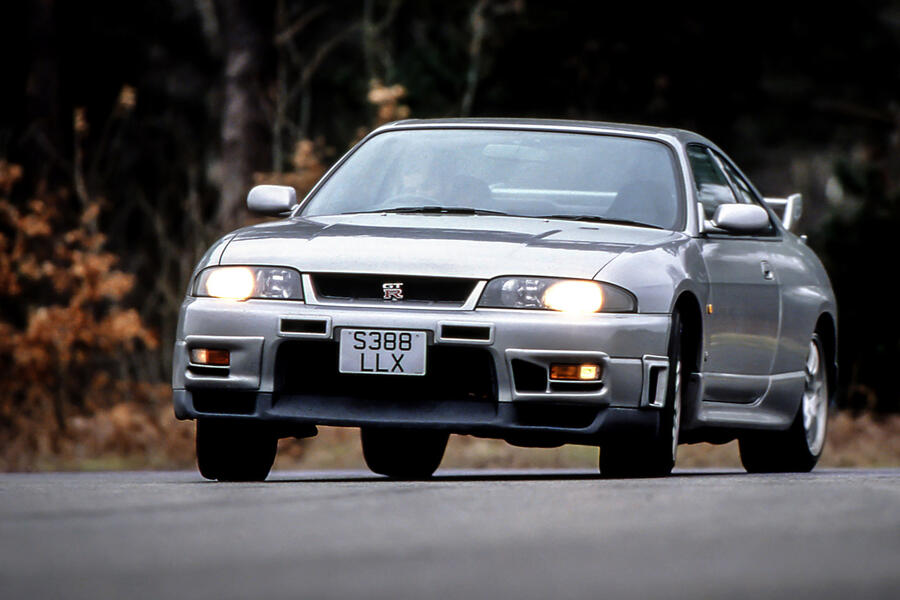
The agreement was still in place for the R34 Skyline GT-R that appeared in 1999, and anyone who has driven one will know how meaningless that number had by then become. And like the two previous versions, there were numerous variants, all with detail and some with significant specifications, usually sporting V-Spec or V-Spec II names. The R34 died in 2002, two years before the 276bhp agreement, which had become more honoured in the breach than the observance, was abandoned.

This probably explains why no version of the current R35 GT-R (which isn’t a Skyline and should never be referred to as such) has ever produced less than 480bhp.

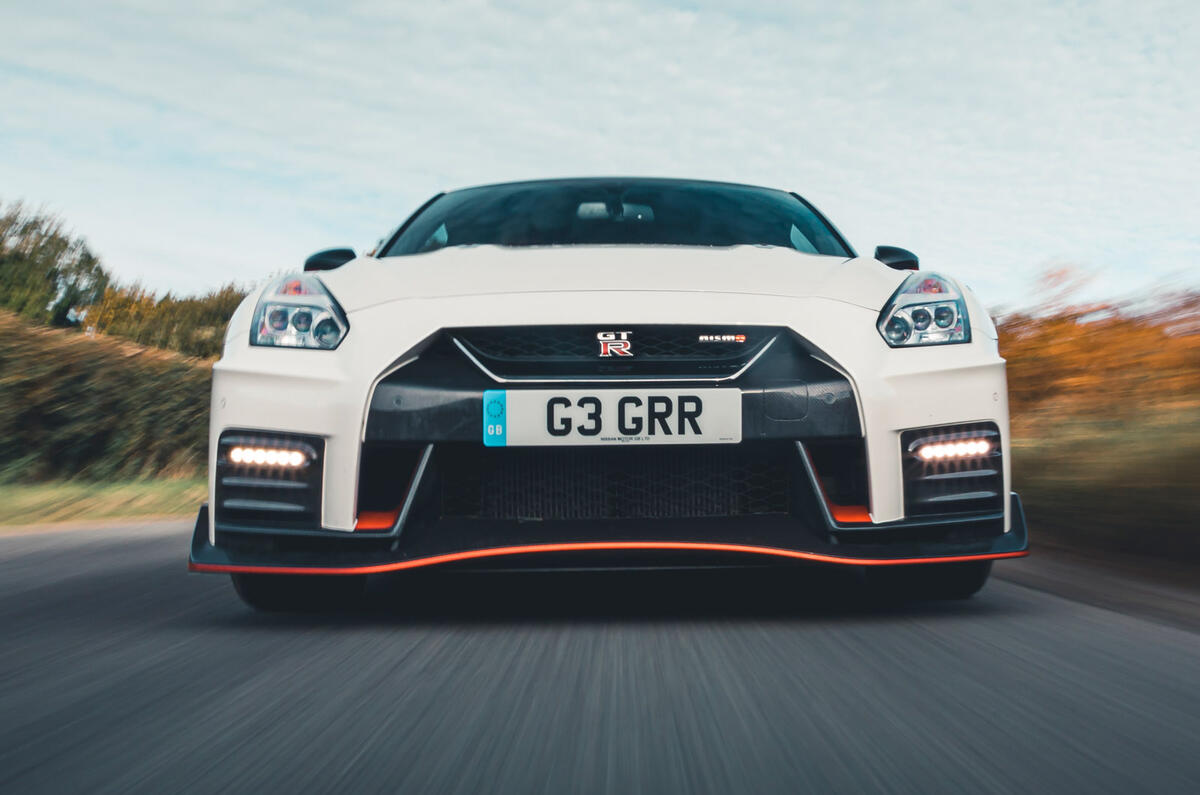
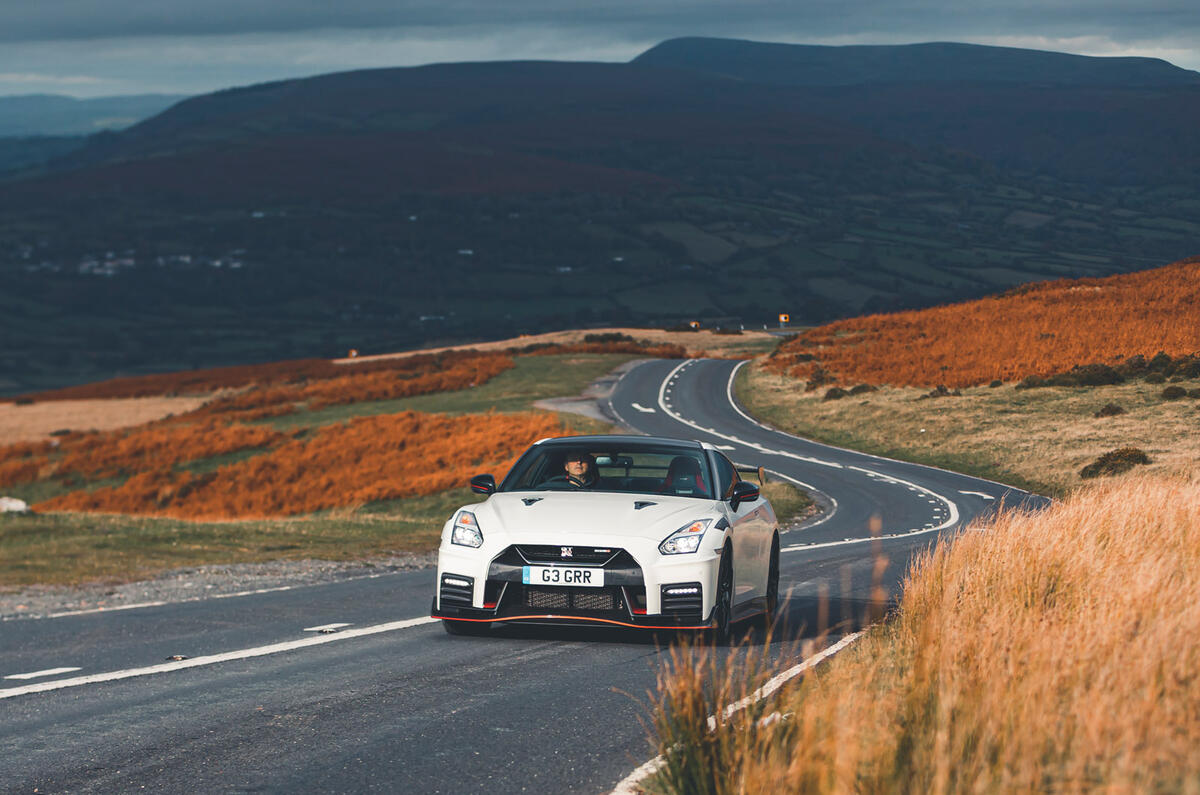
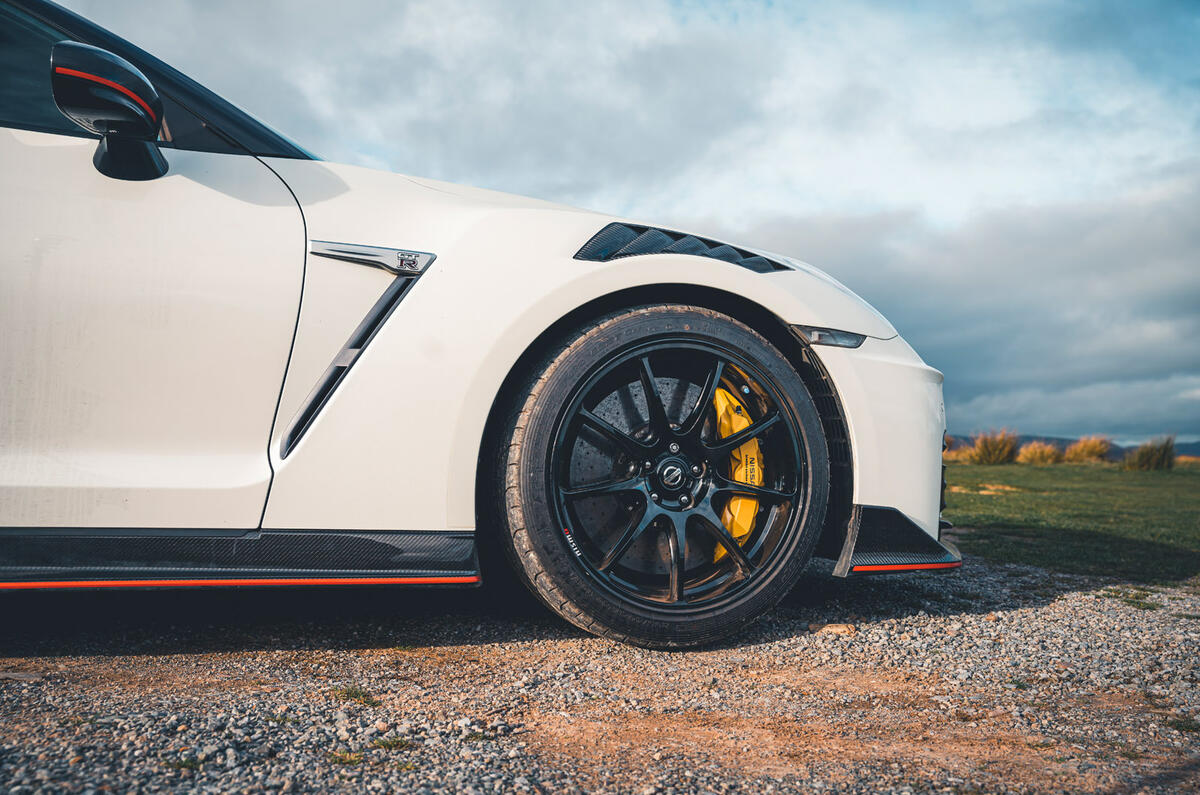
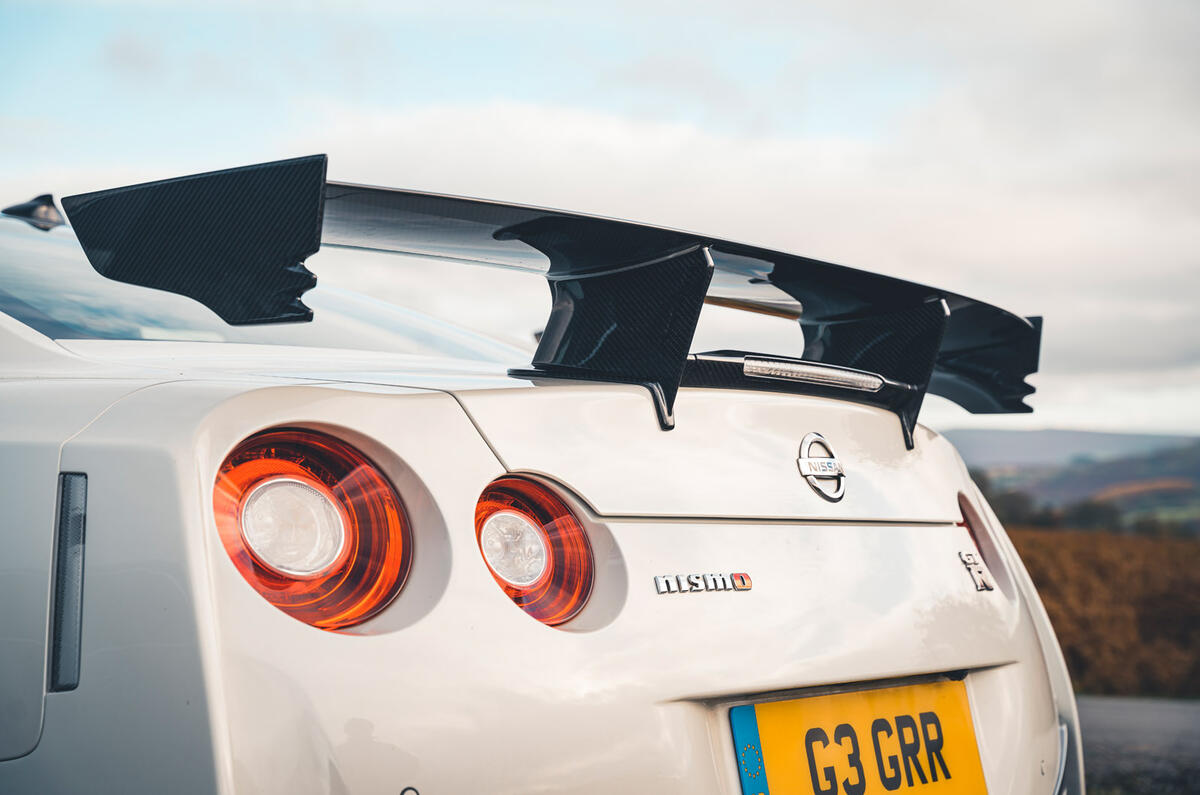
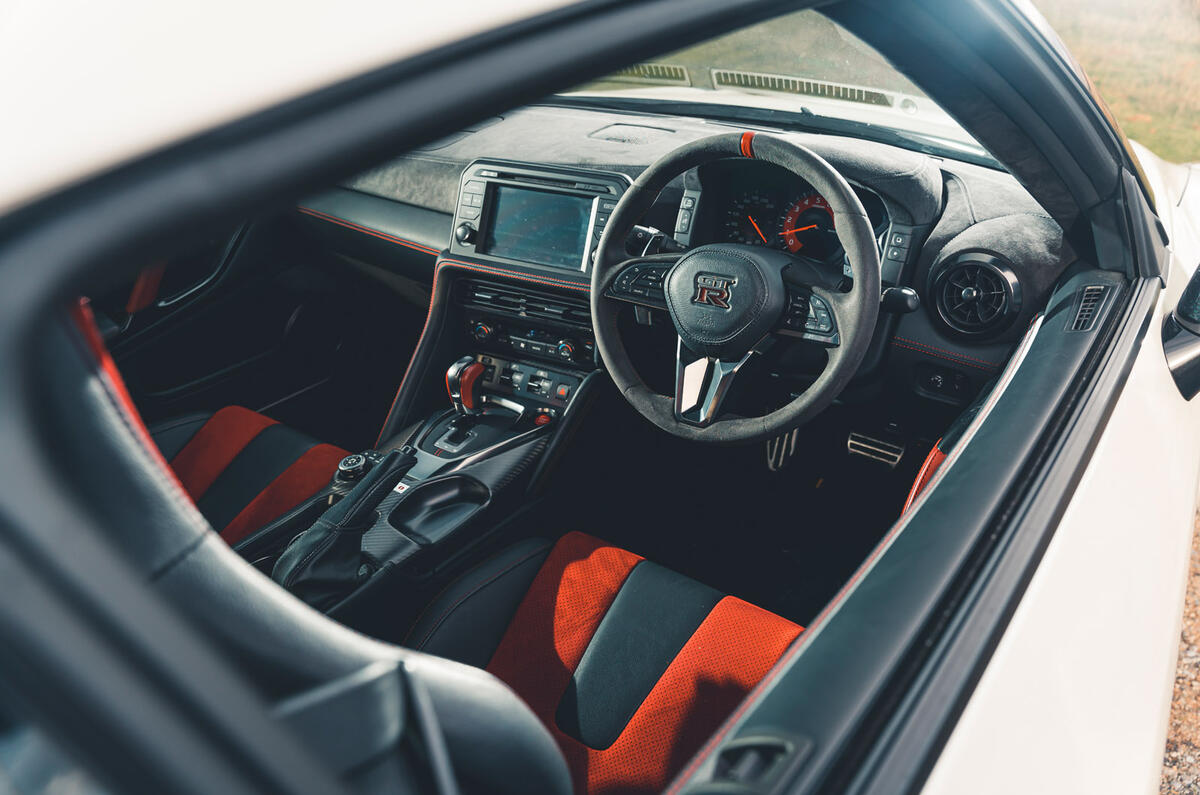
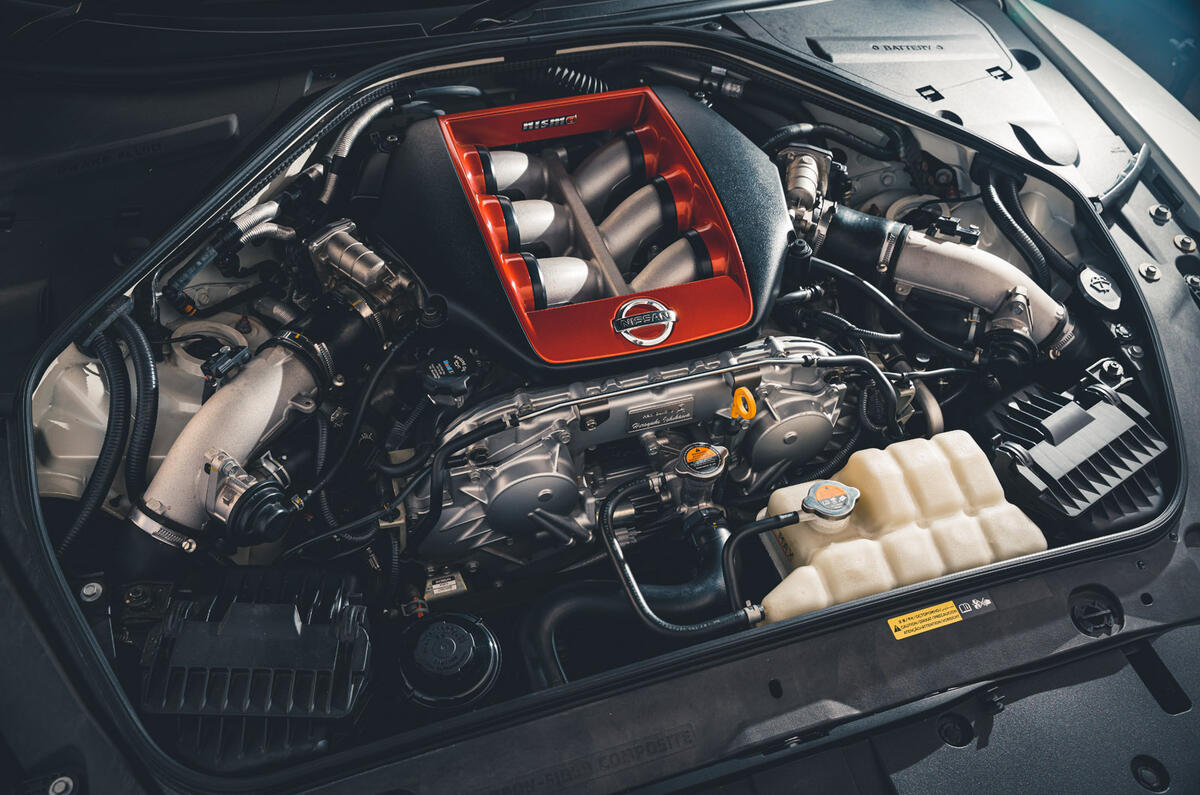
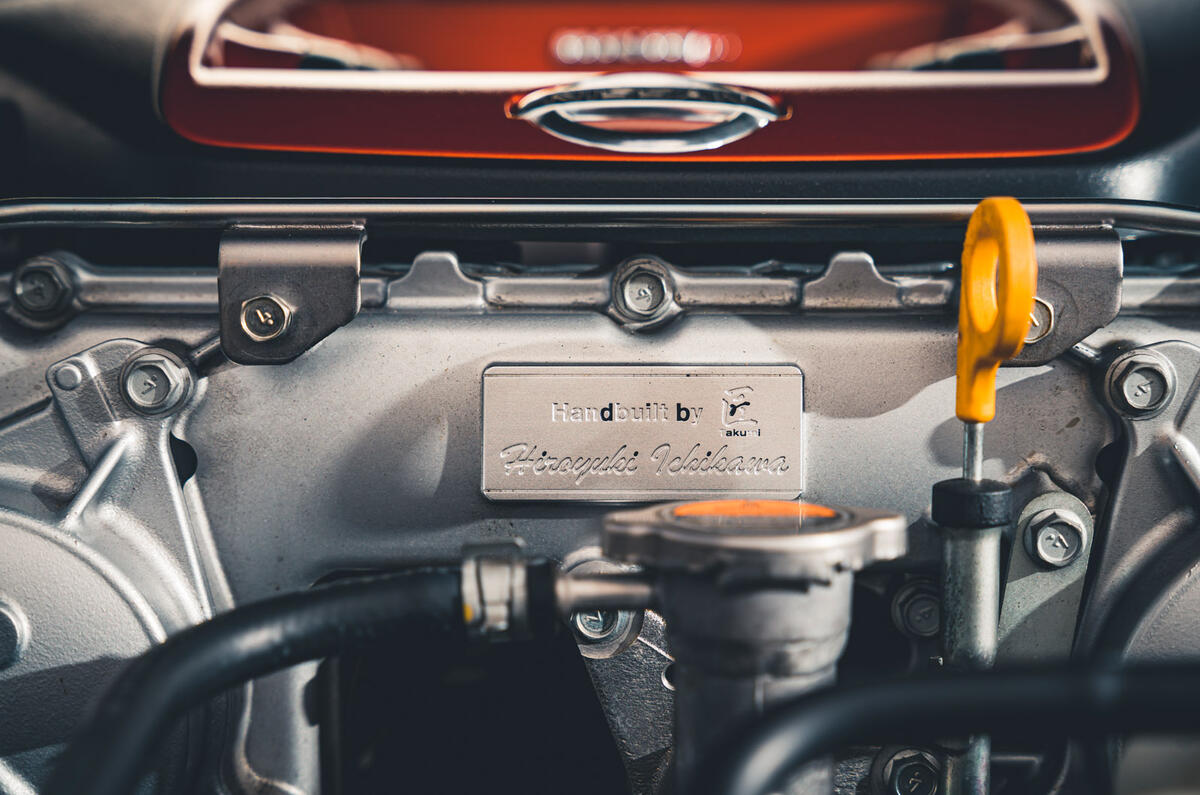

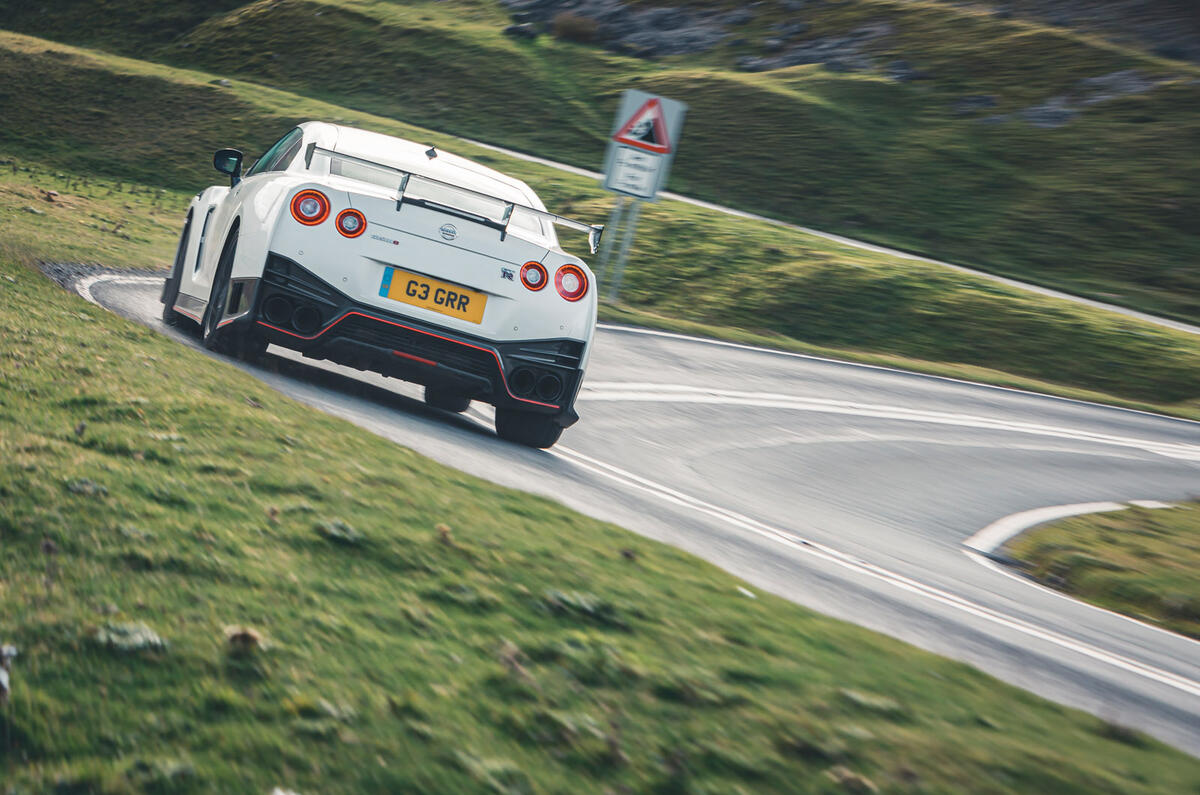













Join the debate
Add your comment
Don't see many these Days, still a head turner though when you see one.
Definitely a head turner. Rare to see something so hideous-looking on the road LOL (though Nissan are good at ugly cars cf. Juke).